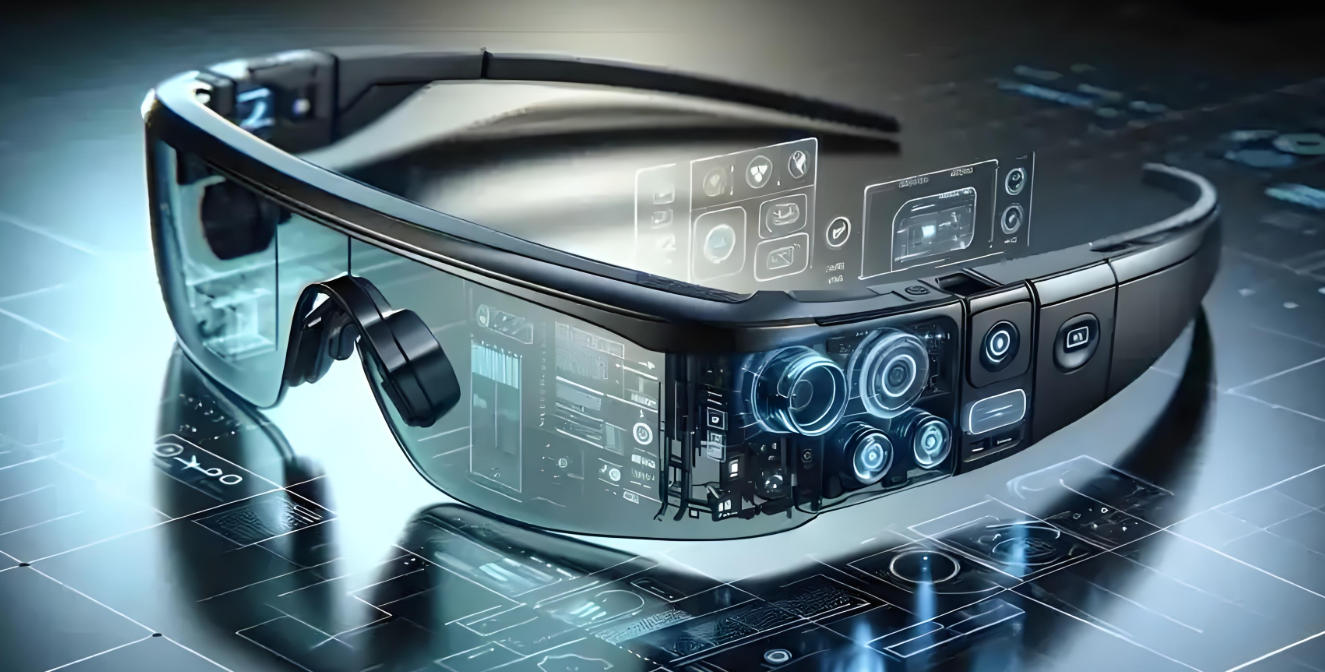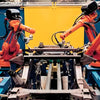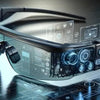How Do TOF 3D Sensors Enhance AR/VR Immersion and Spatial Precision?

How Can TOF Sensors Make AR/VR Experiences More Immersive and Accurate?
With the rapid advancement of AR (Augmented Reality) and VR (Virtual Reality) technologies, immersive experiences have become the primary demand for users in virtual environments. Achieving realism, interactivity, and user engagement requires precise spatial sensing. TOF (Time-of-Flight) technology, with its high-precision depth measurement capability, has become a core sensing technology for AR/VR devices.
What is Distance Measurement and Why Is It Vital for AR/VR?
Distance measurement determines how far an object or point is from another, typically expressed in meters, centimeters, or feet. Modern AR/VR devices employ both contact methods (like rulers and calipers) and non-contact methods, including distance sensors, distance detectors, laser distance sensors, LiDAR sensors, and Time-of-Flight (TOF) sensors. These technologies calculate distance by emitting light or laser pulses and measuring their reflection time.
In AR/VR, accurate distance measurement is essential to detect user movements, gestures, and environmental interactions. TOF and laser-based sensors provide high-precision spatial data, ensuring reliable performance in applications like virtual hand tracking, room scanning, and interactive object manipulation.
1. Spatial Perception Requirements for Immersive Experiences
Immersive AR/VR requires devices to not only track user positions but also capture motion trajectories, gestures, and interaction intentions in real-time. In VR games, users’ hand movements, head rotations, and full-body gestures must synchronize perfectly with virtual objects to maintain immersion. In AR applications, virtual elements must align precisely with the real environment; even minor deviations can disrupt the experience.
Traditional 2D cameras and IMUs (Inertial Measurement Units) often fail in dynamic lighting, crowded spaces, or multi-user environments. TOF technology solves these problems by measuring the time light takes to travel to objects and back, generating accurate 3D depth maps. TOF sensors achieve centimeter- or millimeter-level precision, maintaining stable performance in complex lighting or occluded environments. This enables smooth, precise, and natural interaction in AR/VR, supporting gesture recognition, object tracking, and multi-user collaboration.
2. Advantages of TOF in AR/VR Tracking and Localization
TOF technology measures the time-of-flight of light, producing high-precision 3D spatial maps that enable:
-
Real-time responsiveness: TOF generates depth data in milliseconds, ensuring low-latency tracking for rapid gestures and head or body movements.
-
High precision: Enables millimeter-level tracking, fine gesture recognition, and full 6DoF (six degrees of freedom) motion capture.
-
Low-light adaptability: Active infrared illumination allows TOF sensors to operate reliably in dim or uneven lighting conditions.
When combined with AI algorithms, TOF sensors can detect subtle hand movements, complex gestures, and user interactions. Multi-user AR/VR environments benefit from real-time synchronization, enhancing collaborative experiences and maintaining immersion across shared virtual spaces.
3. Typical Applications and Devices
Meta Quest Series
High-end VR headsets employ TOF sensors for room scanning, obstacle detection, and hand tracking, enabling users to interact with virtual objects without controllers. TOF depth sensing ensures precise object manipulation, including grabbing, rotating, and scaling.
Apple Vision Pro
Combines TOF and LiDAR for AR glasses, offering real-time 3D spatial mapping. Depth data allows accurate placement of virtual elements, while AI algorithms track subtle gestures and gaze direction, supporting complex interactions and responsive virtual overlays.
Other AR/VR Devices
TOF is increasingly standard across AR/VR headsets, supporting 6DoF tracking, gesture recognition, multi-scene modeling, and low-latency responses even in challenging lighting or multi-user scenarios.
4. Technical Challenges and Solutions
Deploying TOF in AR/VR devices presents several challenges:
-
Latency: AR/VR immersion demands millisecond-level depth acquisition. Edge computing reduces processing delays for rapid gesture and motion response.
-
Power Consumption and Heat: Continuous high-frame-rate TOF operation drains batteries and generates heat. Low-power infrared sources, efficient edge processors, and optimized light emission mitigate these issues.
-
Environmental Adaptability: Reflective, transparent, or brightly lit surfaces can impact depth accuracy. AI algorithms correct depth anomalies, enhance light adaptation, and filter environmental noise for stable perception.
By combining optimized hardware, AI-assisted depth processing, and edge computing, AR/VR devices achieve precise, real-time interaction and reliable immersive experiences.
5. Future Trends: TOF + AI for Metaverse and AR/VR
As the metaverse develops, AR/VR devices are transitioning to multi-device collaboration, cross-scene interaction, and digital twin environments. TOF technology, as a high-precision depth sensor, is central to these advances:
-
Cross-device interaction: TOF enables real-time depth data sharing, synchronizing virtual environments for collaborative VR/AR sessions. AI predicts user actions, ensuring natural object interaction.
-
Digital twins: Real-time 3D depth capture creates accurate virtual replicas of physical spaces, useful in design, training, or remote maintenance.
-
Intelligent interaction: AI combined with TOF tracks gestures, body motion, and facial dynamics, enabling natural, responsive virtual interactions.
Future AR/VR experiences will rely on high-precision TOF sensing and AI algorithms for real-time, immersive, and interactive environments, forming the foundation of the next-generation metaverse.
Conclusion
TOF technology empowers AR/VR devices with precise, real-time spatial awareness, enabling high-fidelity motion tracking, gesture recognition, and immersive virtual experiences. With low-power, high-precision TOF sensors and AI optimization, AR/VR systems will deliver natural, intelligent, and deeply immersive interactions, forming the cornerstone of future metaverse and interactive digital ecosystems.
Okulo ™ C1 Precision RGB-Depth Imaging Camera: Cutting-Edge Visuals, State-Of-The-Art IToF Technology, And Seamless Hardware Integration

After-sales Service: Our professional technical support team specializes in TOF camera technology and is always ready to assist you. If you encounter any issues during the usage of your product after purchase or have any questions about TOF technology, feel free to contact us at any time. We are committed to providing high-quality after-sales service to ensure a smooth and worry-free user experience, allowing you to feel confident and satisfied both with your purchase and during product use.







